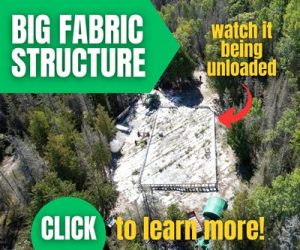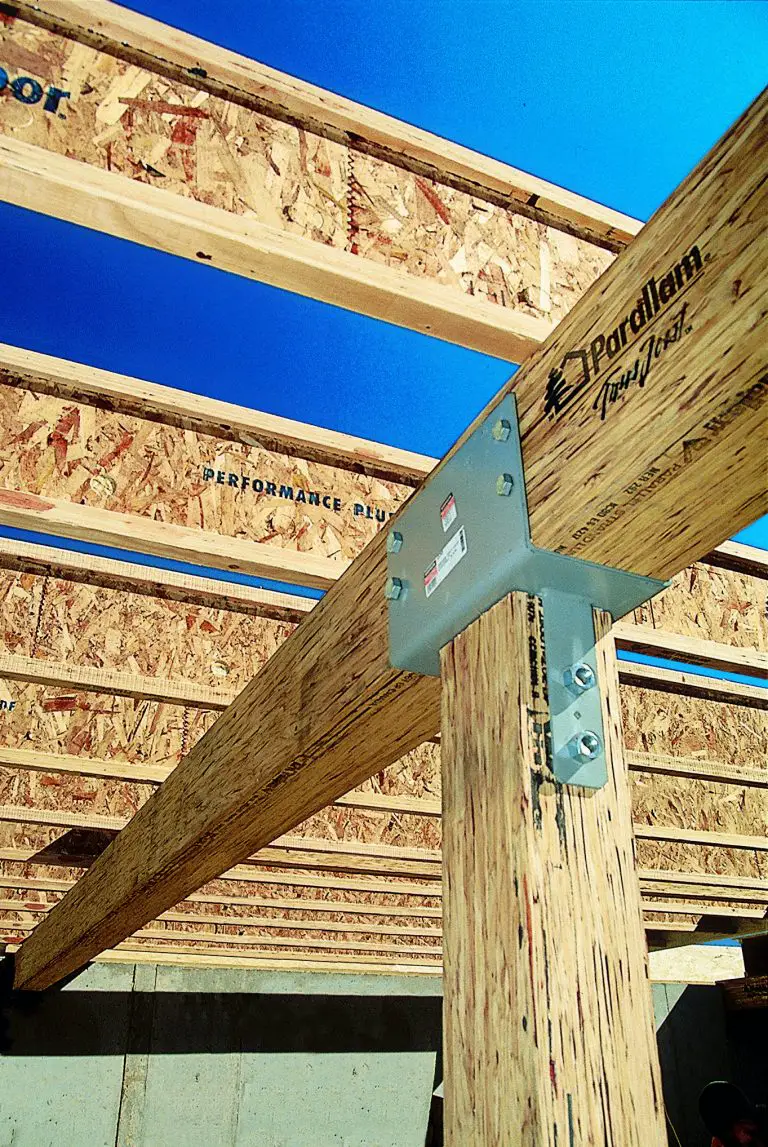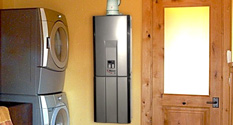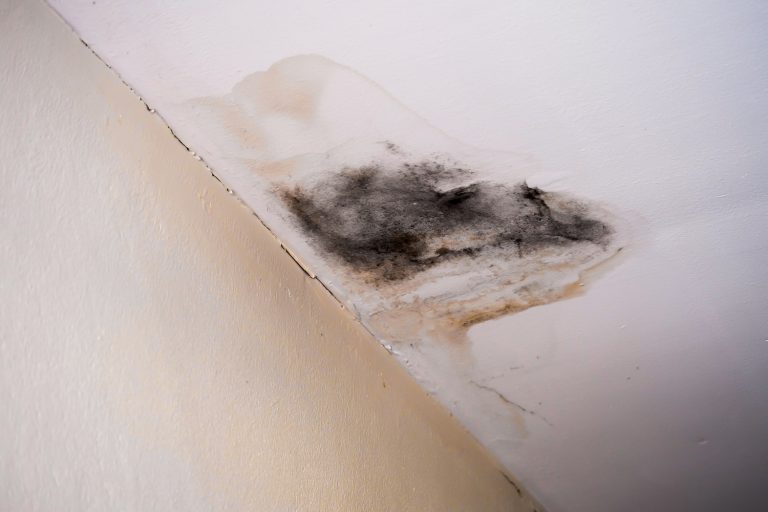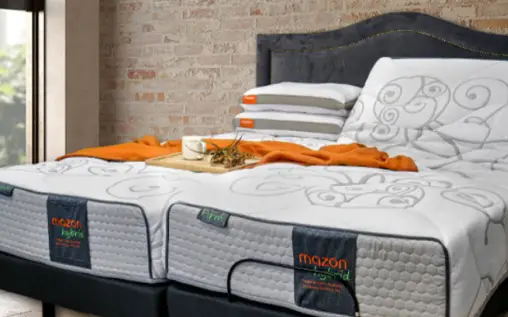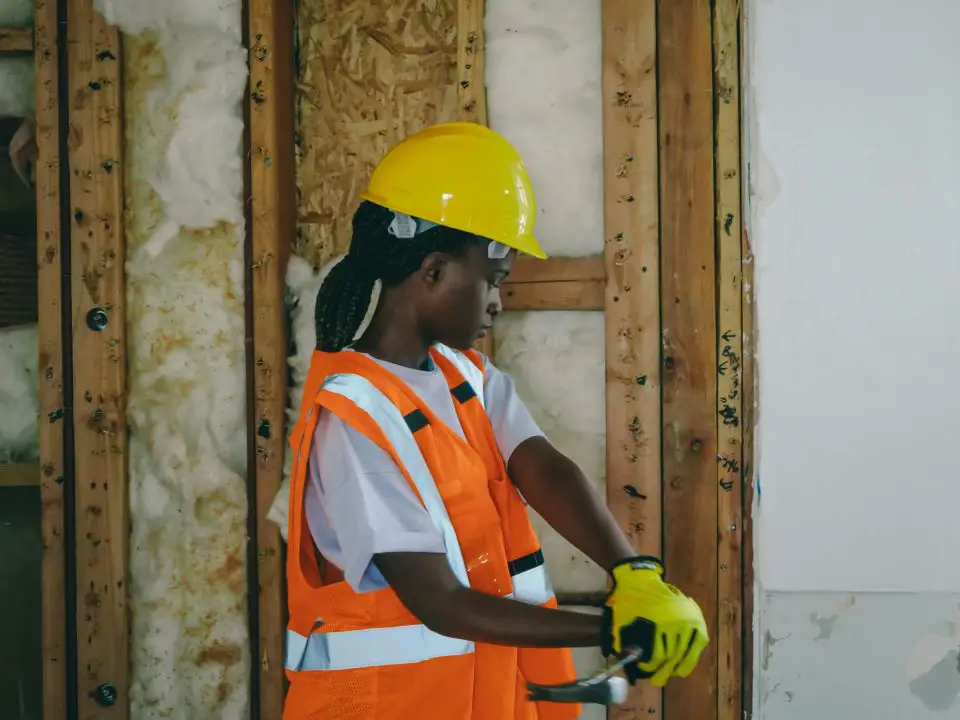
As energy costs climb, efficient insulation is no longer a luxury—it’s a necessity. From commercial warehouses to residential renovations, today’s insulation solutions are evolving rapidly. The latest materials are designed to reduce energy loss, lower utility bills, and support long-term sustainability goals. Whether you’re a builder, designer, or homeowner focused on greener practices, understanding the best insulation types in 2025 is key to making informed, future-proof choices.
Below, we explore the most energy-efficient insulation options available this year—examining how they work, where they’re most effective, and why they’re setting new standards for performance.
Why Insulation Technology Is Advancing So Quickly
The push for better insulation isn’t just a response to rising energy costs—it’s also driven by tightening building regulations, increased demand for eco-certifications New legislation in the U.S. and Europe mandates stricter energy performance standards, prompting architects and contractors to seek the most energy-efficient insulation types on the market. Simultaneously, technological advancements in material science have led to thinner, more effective options that outperform traditional insulation in both R-value and longevity.
Another factor? Consumer behavior. Businesses and homeowners alike are prioritizing sustainability in a tangible way. From smart thermostats to solar panels, every aspect of energy use is being scrutinized—and insulation plays a pivotal role in both reducing consumption and improving indoor comfort.
Top Materials to Watch: Energy-Efficient Insulation Types
Several cutting-edge insulation materials are making waves in 2025, offering far better efficiency than the fiberglass rolls of the past. These energy-efficient insulation types are suitable for everything from residential attics to large-scale metal building envelopes, combining performance with versatility:
1. Spray Foam Insulation (Open-Cell and Closed-Cell)
Spray foam continues to be a frontrunner, with both open-cell and closed-cell variations offering impressive R-values per inch. Closed-cell spray foam acts as an air barrier and vapor retarder, making it ideal for moisture-prone areas. In contrast, open-cell foam is more affordable and expands significantly to fill gaps, which makes it effective for irregular or hard-to-reach cavities. While installation requires trained professionals, the resulting air-tight seal can cut energy use by up to 50%.
2. Mineral Wool (Rock Wool and Slag Wool)
Highly fire-resistant and sound-absorbing, mineral wool is increasingly being used in both residential and commercial applications. Derived from volcanic rock or recycled steel byproducts, it’s inherently sustainable and water-repellent. It offers excellent thermal insulation and dimensional stability, meaning it doesn’t sag over time—a key advantage in long-term energy efficiency.
3. Reflective Foil Insulation
Reflective or radiant barrier insulation is gaining traction in hot climates where solar heat gain is a primary concern. These barriers work by reflecting radiant heat away from buildings rather than absorbing it. Though not ideal for every climate, reflective foil is particularly effective in unconditioned spaces like attics, garages, and metal buildings where direct sunlight can cause extreme heat buildup.
4. Rigid Foam Boards (Polyiso, EPS, and XPS)
Rigid foam insulation has become a staple in high-performance construction. Polyisocyanurate (Polyiso) offers the highest R-value per inch of all rigid foams, making it popular for roofs and wall assemblies. Expanded Polystyrene (EPS) and Extruded Polystyrene (XPS) are more moisture-resistant, making them well-suited for foundations and exterior sheathing. These boards provide a continuous insulation layer that minimizes thermal bridging—a major cause of energy loss.
5. Denim and Recycled Cotton Insulation
A more sustainable option, cotton insulation made from recycled denim is non-toxic, easy to handle, and effective at noise reduction. While its R-value per inch isn’t groundbreaking, its environmental credentials and ease of installation make it a strong contender for eco-conscious renovations, especially in residential settings.
6. Vacuum Insulated Panels (VIPs)
Still in their emerging phase but increasingly viable in 2025, VIPs offer exceptional thermal performance with extremely thin profiles. A great option for tight spaces or retrofit projects where wall thickness is limited, VIPs are commonly used in refrigeration and aerospace and are now crossing into building construction. Though expensive, they represent the future of ultra-efficient insulation.
How to Choose the Right Insulation for Your Project
Selecting the right insulation involves more than just picking the one with the highest R-value. Climate, building structure, budget, and moisture exposure all play crucial roles in determining which material will be most effective. For example, a warehouse in Arizona will benefit more from reflective foil insulation than from spray foam, whereas a cabin in Vermont will need the air-sealing power of closed-cell foam.
For those working with industrial or agricultural metal buildings, specialized products designed to meet the structural and thermal demands of these environments are often the best fit.
What to Expect in the Future of Insulation
As we move further into the decade, we can expect insulation to become even smarter. Some manufacturers are developing phase-change materials that adapt to indoor temperature changes, while others are embedding sensors to monitor performance in real-time. Biodegradable insulation made from mushrooms or hemp is also on the horizon, offering sustainable alternatives that won’t sacrifice performance.
In tandem with green building certifications and net-zero targets, insulation will continue to be a critical part of the sustainability puzzle. Beyond energy savings, today’s high-performance insulation options offer better indoor air quality, noise control, and fire resistance—transforming them from a background detail to a foundational element of good design.
Final Thoughts
The best insulation in 2025 isn’t just about conserving heat or cutting energy bills—it’s about meeting the moment. With climate consciousness driving change across every industry, insulation is stepping up as one of the most effective ways to build smarter, greener, and more sustainably. Whether you’re working on a new build or retrofitting a decades-old structure, investing in modern, energy-efficient insulation types is a future-focused move with long-term payoff.




